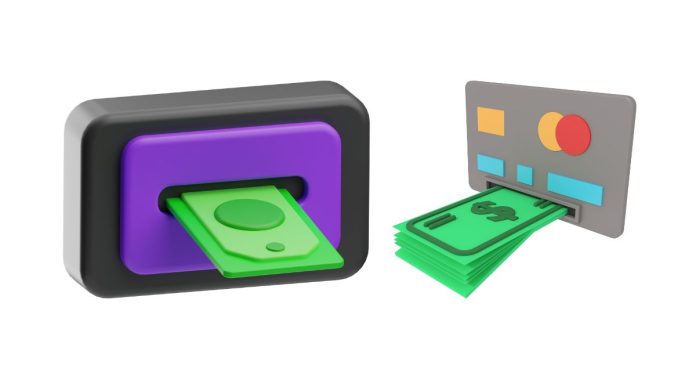In the world of banking, terminology plays a key role in how we understand financial transactions and accounts. We’re all familiar with the term “withdrawal,” which refers to taking money out of an account. But what is the opposite of this action? What term do we use to describe the process of adding money to an account? In banking terms, the opposite of a withdrawal is a deposit. Let’s explore what this term means, how it works, and why it’s important in the financial world.
What Is a Deposit?
A deposit is the act of placing money into a bank account, as opposed to taking it out (a withdrawal). When you deposit money, you are increasing the balance of your account, whether it’s a checking, savings, or other type of account. Deposits can be made in various ways, such as:
- Cash Deposits: Physically depositing cash at a bank or ATM.
- Check Deposits: Depositing a check that will be credited to your account once processed.
- Direct Deposits: Electronic transfer of funds, often from an employer as part of payroll, directly into your account.
Why Are Deposits Important?
Deposits are an essential part of managing finances and maintaining a healthy bank account. They help you build savings, pay bills, and create a financial cushion for emergencies. Whether it’s regular income, savings, or any other type of deposit, these transactions ensure your account balance grows, giving you access to more funds when needed.
How Deposits Differ from Withdrawals
While a withdrawal reduces your account balance by allowing you to take out money, a deposit does the opposite by increasing the balance. Here are a few key differences:
- Effect on Account Balance: A withdrawal decreases the account balance, while a deposit increases it.
- Methods: Withdrawals are typically made through ATMs, online transfers, or by writing checks, while deposits can be made through physical bank branches, mobile banking apps, or direct transfers from employers or other institutions.
- Frequency: While people often make regular withdrawals, such as for paying bills or withdrawing cash, deposits can be either one-time events or recurring payments, like salaries or monthly savings.
Types of Deposits
There are different types of deposits that you can make, each serving a specific purpose:
- Demand Deposits: These are deposits that you can withdraw from your account at any time without any notice or penalty. Checking accounts typically hold demand deposits, and the money is available for immediate use.
- Time Deposits: Also known as certificates of deposit (CDs), time deposits are funds that are deposited for a fixed period. With these deposits, you agree to leave the money in the bank for a certain period in exchange for a higher interest rate.
- Recurring Deposits: These are deposits made on a regular schedule, often automatically transferred from your checking account to your savings account or another type of investment.
The Role of Deposits in the Economy
Deposits play a crucial role in the banking system and the broader economy. When individuals and businesses make deposits, they provide banks with the necessary funds to lend to others. These deposits help banks generate interest revenue and support lending, which in turn drives economic growth.
Additionally, deposits provide individuals with a sense of security. By keeping money in a savings or checking account, you ensure that your funds are safely stored, protected by bank insurance programs like the Federal Deposit Insurance Corporation (FDIC) in the U.S.
How to Make a Deposit
Making a deposit is typically simple and can be done through several channels:
- In-Person at a Bank: Visit your bank branch and hand over your cash or checks for deposit into your account. Many banks will offer you a deposit slip to fill out.
- ATM: Many ATMs accept deposits, allowing you to insert cash or checks directly into your account.
- Mobile Deposit: With mobile banking apps, you can deposit checks by taking a picture of the check and submitting it electronically.
- Direct Deposit: Set up direct deposit with your employer to have your paycheck automatically credited to your account.
In banking terms, the opposite of a withdrawal is a deposit. Depositing money into your account increases your balance, while a withdrawal reduces it. Understanding the role of deposits in your finances is crucial for managing your money effectively. Whether it’s through regular income, saving for a future goal, or simply keeping your money secure, deposits are a fundamental part of financial management and the banking system as a whole. Next time you make a deposit, whether at an ATM, via mobile app, or through direct deposit, you’ll know exactly how it contributes to keeping your finances on track.


